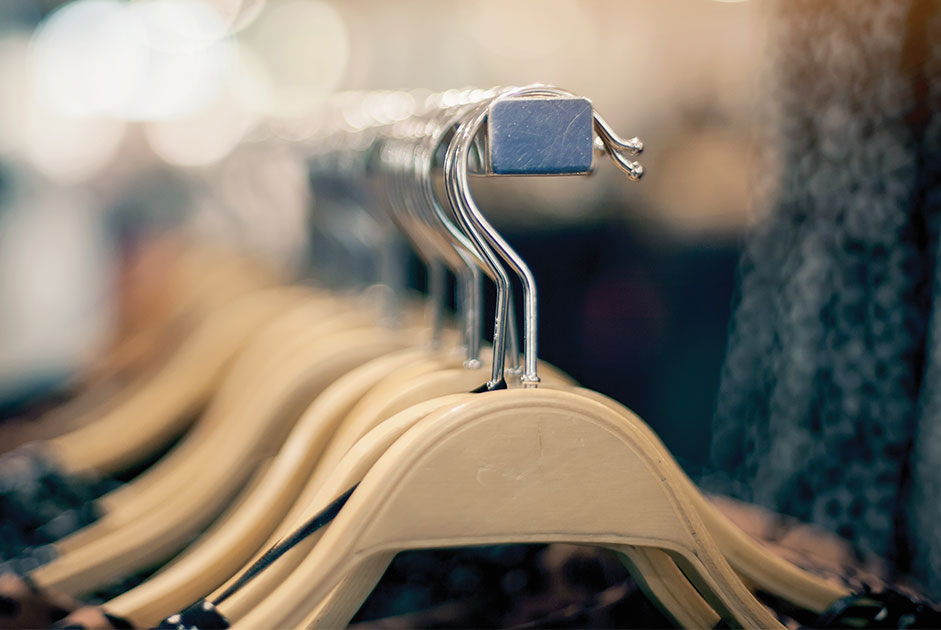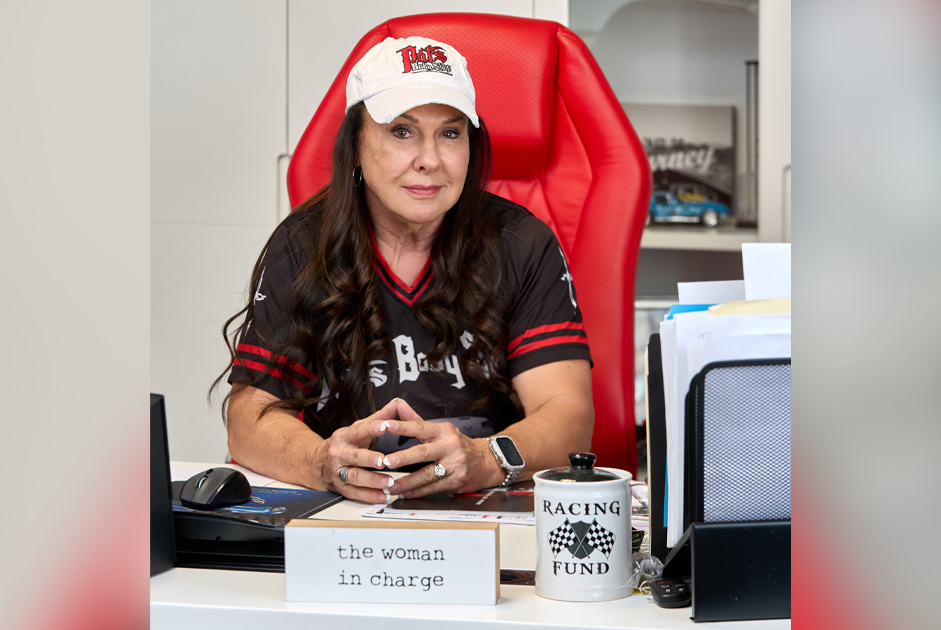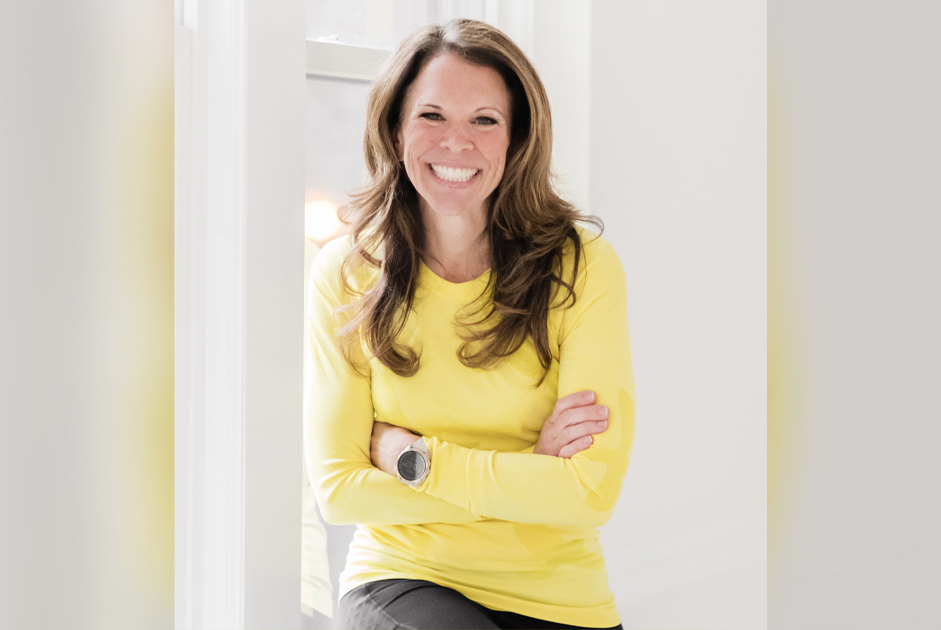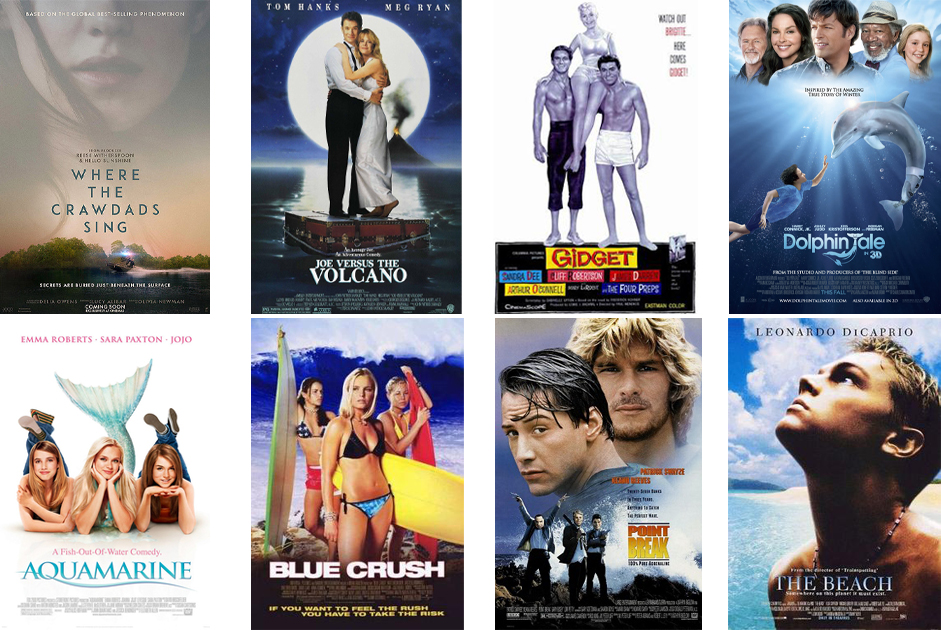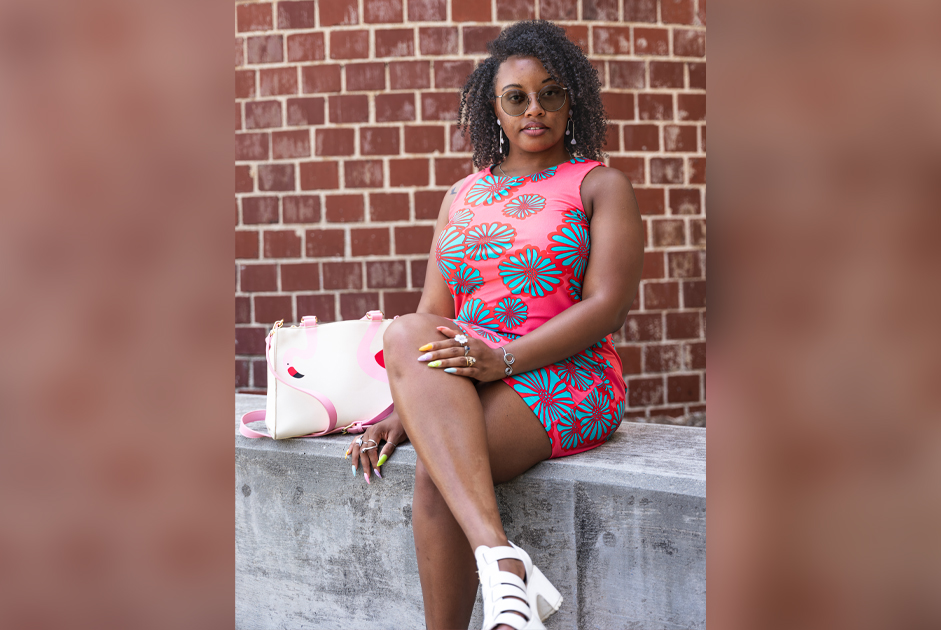BY ADELE CASANOVA
Effective merchandising is critical to retail success and influences what, how much, and how often consumers purchase. Correctly done, retail merchandising can increase add-on sales (sales of items the consumer did not originally come in the store to buy), turn shoppers into customers, and influence repeat visits to a retail establishment. Let’s break down each aspect of successful retail merchandising.
Visual Appeal – This is perhaps the most important aspect of retail merchandising. The visual appeal of a retail environment is the first thing shoppers notice and can go a long way in creating an exceptional shopping experience. Visual appeal consists of creative displays, adequate lighting, and unexpected, eye-catching props and streamlined signage. Creative displays using complementary color schemes that incorporate a variety of appealing textures are pleasing to shoppers and can draw attention. Adequate lighting is critical to successful visual appeal, especially if spotlighting trending merchandising. Unexpected props in a display can draw consumer attention. Think of a giant stuffed giraffe in a display of nursery furniture. And lastly, easy to read, simple signage is critical in pulling in the consumer. Signage should continue the color scheme of the display or be in the store’s branding colors. Signs should be in large easy to read fonts, be concise in word count and preferably not be handwritten. It is best to use as few signs as possible, placed in obvious position to catch the consumer’s eye. Sale price signage should include the original and the sale price so consumers can appreciate the potential savings, encouraging purchases.
Store Layout – Ever notice that the sale items are always in the rear of the store? This encourages bargain hunters to walk through the regularly priced merchandise to get to the discounts. For a small retail store with a destination product, such as a bakery/coffee shop, the main item, coffee, should be placed at the end of the bakery case, requiring consumers to walk past the baked temptations to order their drinks. For large department stores, placing popular, often impulse items at the entrance, such as cosmetics and perfume, can distract shoppers before they get deep into the store, and hopefully create add-on sales. Tying window displays of trending merchandise to a well-planned store layout encourages consumers to walk past additional items. Store layout should be easy to navigate, not cramped. Keeping the checkout area clear of cumbersome displays is key to consumer satisfaction, and placing displays parallel, not perpendicular to the store entrance, invites customers to enter. And lastly, easy to follow directional signage directs consumers to checkout areas, dressing rooms, and restrooms.
Product Placement – How items are placed in relation to each other influences add-on purchases. Grouping like items and complementary items together helps consumers make brand and price-based decisions, as well as imagine new uses for items. Impulse purchases are critical for retail success and low cost, popular impulse items should be displayed at checkout. Notice in grocery stores how sodas, candy, batteries, and magazines are always at the checkout? Fun, inexpensive items placed at checkout greatly increase add-on sales, especially when accompanied by suggestions from sales staff. Displaying items in large volume creates excitement and interest and encourages sales, especially in perishable food sales, where a skimpy display makes shoppers think the remaining items might be stale and left over.
Data Tracking and Inventory Process – These are the least glamorous aspects of successful retail merchandising, but are important for success. Keeping track of sales volume based on product placement can influence where and how products are placed and displayed. A key element here is knowing that occasional relocation of items in the store can increase sales by helping regular customers see things they may have walked past and not noticed previously. An example is the endcap displays you see in grocery and variety stores. An efficient inventory process also ensures that displayed items are readily available for purchase. Consumers do not appreciate being pulled into a purchase decision only to learn that the items are not in stock.
As retail business owners and managers, it is important to understand the use of effective retail merchandising for increased foot traffic and sales. As shoppers, it is helpful to understand how retail merchandising may influence buying decisions and budget management. Retail shopping is an integral part of our consumer-based economy. Shopping a brick and mortar store should be a fun and inspiring experience, whether it be a clothing store, shoe store, hardware store, pet food shop, bakery and coffee shop, or a big-box retailer. Happy shopping!
